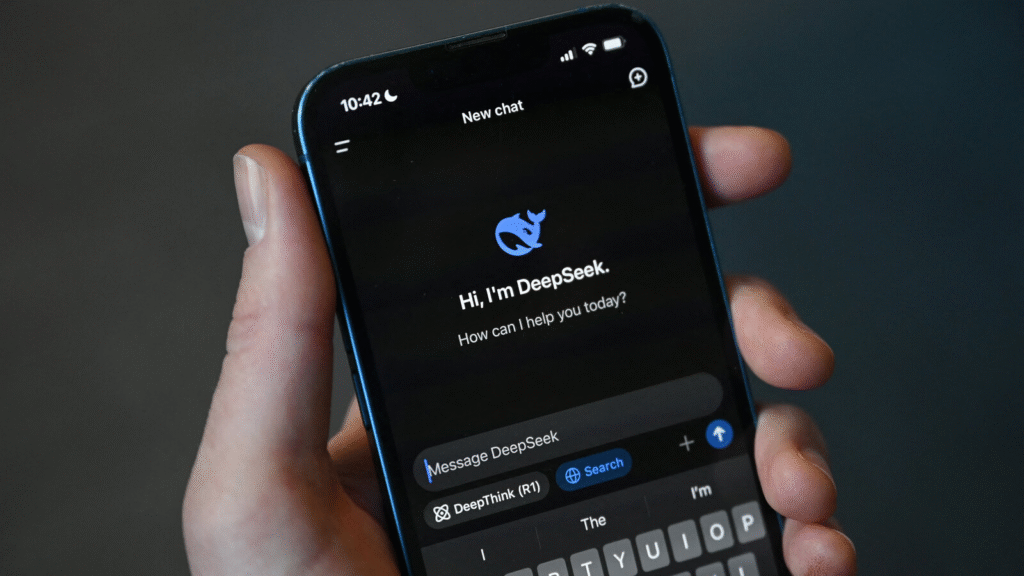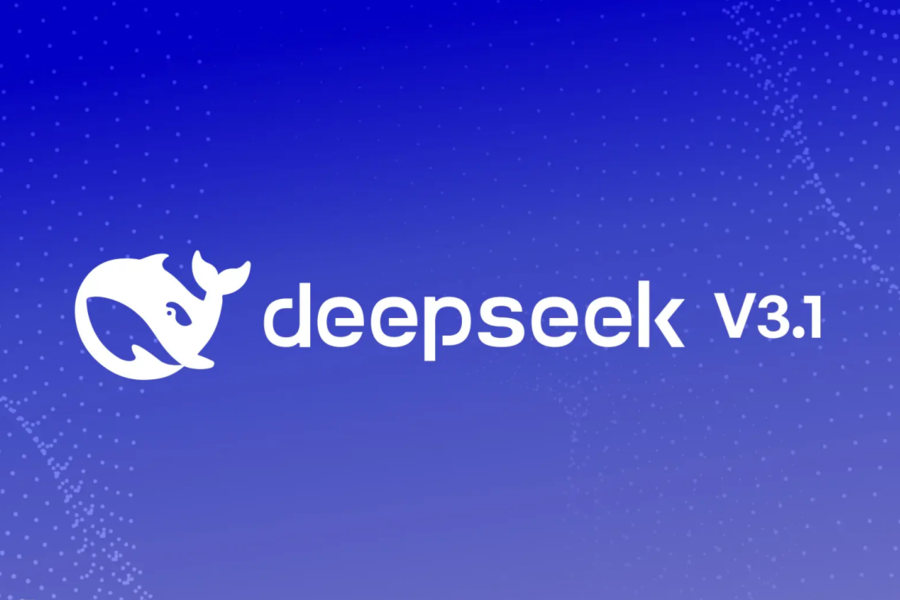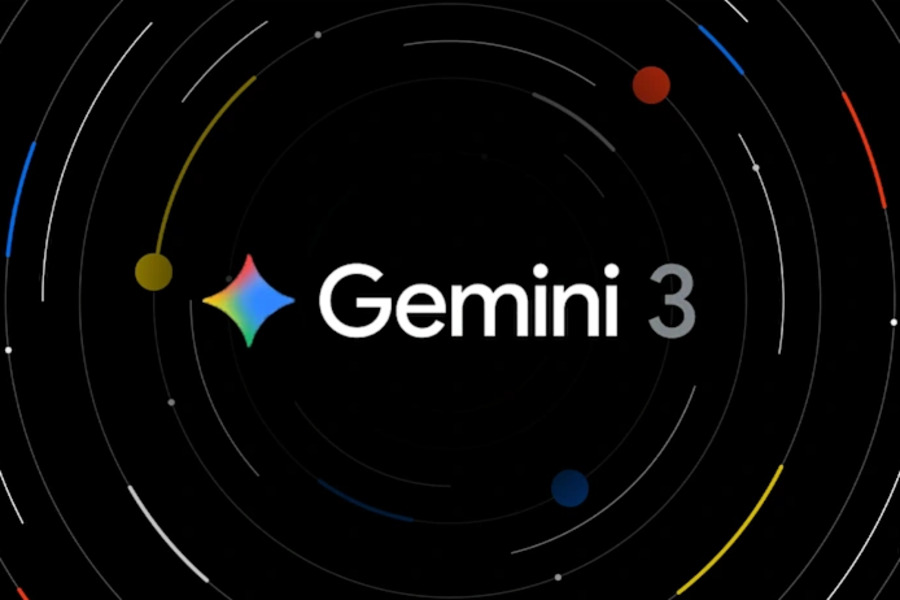DeepSeek officially launched the upgraded DeepSeek V3.1 model, marking another significant step in its AI development roadmap. The latest iteration notably expands context handling to 128K—enabling processing of ultra-long texts, roughly comparable to 100,000–130,000 Chinese characters.
This enhancement positions DeepSeek V3.1 as a powerful tool for applications involving long-document analysis, code repository comprehension, and extended multi-turn dialogue.
Keep reading, here is everything you need to know about DeepSeek V3.1.
What is DeepSeek V3.1?
DeepSeek V3.1 is not an entirely new model but a substantial enhancement of the existing V3 architecture. Internal tests highlight a 43% gain in multi-step reasoning and improved accuracy across technical tasks including mathematics, coding, and scientific analysis. The model also reduces instances of hallucination by 38%, increasing response reliability. Furthermore, V3.1 offers better multilingual capabilities, especially for Asian and low-resource languages.
Although speculation had suggested the arrival of a next-generation model—dubbed DeepSeek-R2—between mid and late August, company representatives confirmed that no release is currently scheduled, refuting earlier market rumors.
DeepSeek V3.1 Key Features

- Extended Context Processing: The model now supports up to 128K context length, enabling deeper engagement with long conversations and complex queries while maintaining coherence throughout.
- Structured Output Enhancements: Based on user feedback, V3.1 produces better-organized responses, incorporating visual elements such as tables and lists to improve readability and facilitate data interpretation.
- Improved Simulation of Physical Concepts: Upgrades in the model’s understanding of physical systems make it more effective in scientific computation and engineering contexts.
- Refined Model Architecture: Continuing with an optimized Mixture-of-Experts (MoE) framework, V3.1 delivers stronger performance in everyday reasoning tasks without requiring a special “DeepThink” mode—boosting both efficiency and quality.
How to Access DeepSeek V3.1
DeepSeek-V3.1 is now available on multiple platforms, including the official DeepSeek website, its mobile application, and WeChat Mini Program.
The company emphasized that its API interface is fully backward-compatible, ensuring that existing users and developers can seamlessly migrate to the new version without needing to modify their current integration code or calling methods.
DeepSeek V3.1 Market Positioning
The rollout of V3.1 arrives just five months after the March introduction of DeepSeek-V3-0324, which already offered considerable gains in reasoning, programming, and mathematical tasks. This accelerated update cycle highlights DeepSeek’s agile development approach and ability to integrate user feedback rapidly.
Amid intensifying global competition in AI, DeepSeek continues to hold a prominent position — particularly within the open-source community. Even with constraints on high-end computing resources due to international trade policies, the company has sustained innovation through efficient training techniques and strategic optimizations.
DeepSeek V3.1 Open-Source Plan
While the model weight files for V3.1 were not yet available for download on Hugging Face at the time of publication, DeepSeek has reaffirmed its long-term commitment to the open-source community.
The company has pledged to continue its open-source release strategy, providing technical support to the global AI research community and developers.
Conclusion on DeepSeek V3.1
DeepSeek V3.1 reinforces the company’s leading role in China’s AI sector and contributes meaningfully to the evolution of open-source large language models worldwide.
With clear upgrades in contextual understanding, reasoning accuracy, and output stability, V3.1 is positioned to add significant value across enterprise, academic, and individual use cases.
As language models grow in complexity and capability, iterative and open development strategies such as DeepSeek’s will play an essential role in shaping the future of AI.



